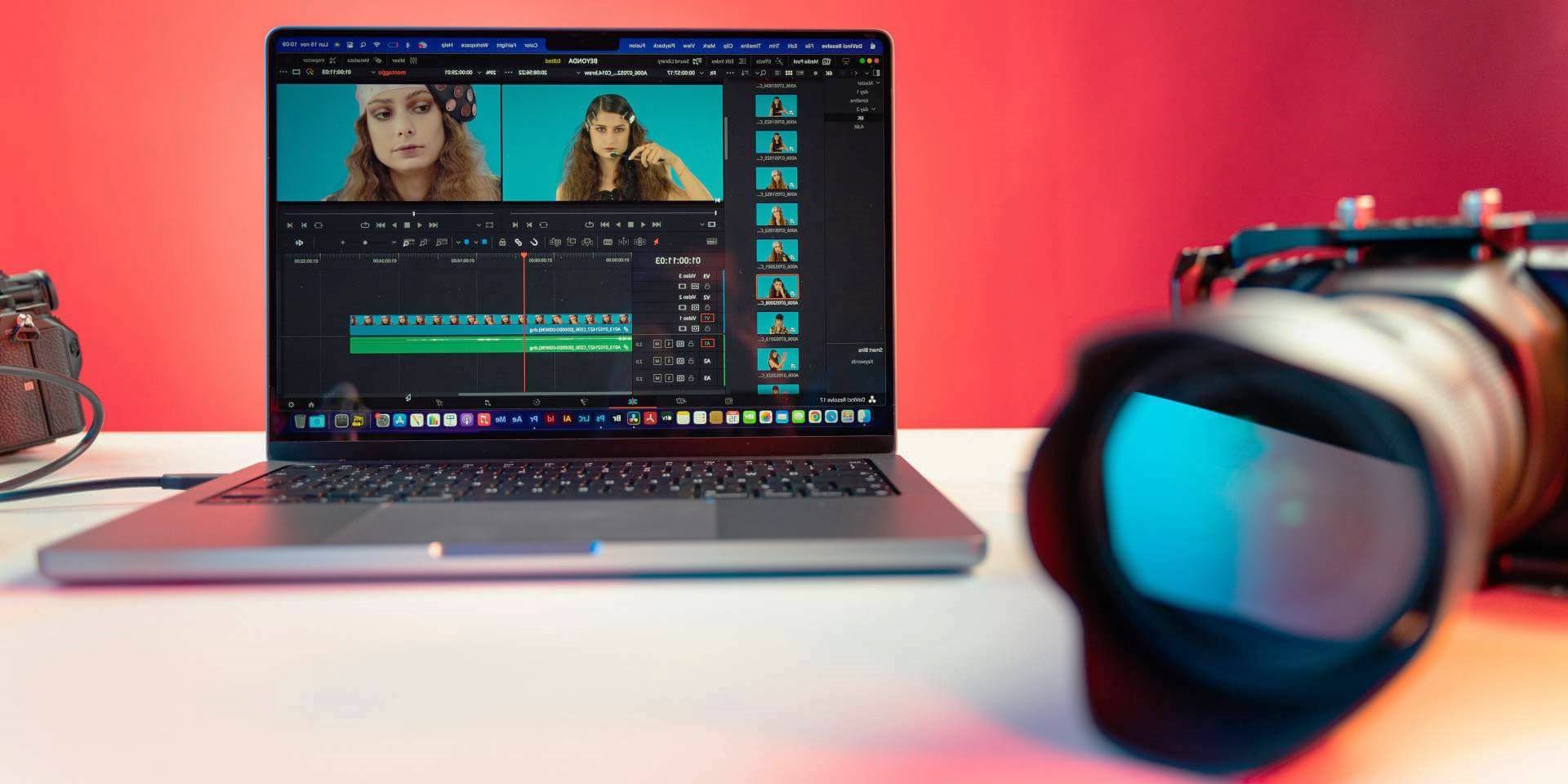Post-processing is where the magic happens, transforming raw images into polished, professional results. Effective editing involves more than just tweaking a few settings; it requires a thoughtful approach to enhance your photos while maintaining their natural appeal.
Basic Edits: Adjusting Exposure, Contrast, and Color Balance
The foundation of effective photo editing begins with basic adjustments. Start by fine-tuning the exposure to ensure the image is neither too dark nor too bright. This adjustment helps bring out the details in both shadows and highlights. Next, adjust the contrast to enhance the difference between light and dark areas, which adds depth and dimension to the photo.
Color balance is another critical aspect. Adjusting the white balance helps correct color casts and ensures that colors appear natural. Pay attention to the temperature and tint sliders to achieve a balanced and pleasing color tone. These basic edits set the stage for more detailed adjustments and help ensure your photos have a consistent and professional look.

Retouching: Enhancing Portraits and Removing Distractions
Retouching is essential for improving the overall appearance of portraits and removing any unwanted elements from your images. Start by addressing skin imperfections, such as blemishes or wrinkles, using tools like the healing brush or clone stamp. Be cautious to retain the natural texture and avoid over-editing, which can lead to an artificial appearance.
Additionally, distractions or elements that detract from the main subject should be removed. This could involve cropping out unnecessary parts of the image or using content-aware tools to eliminate objects seamlessly. Effective retouching enhances the focus on the subject while maintaining the photo’s authenticity and quality.
Creating a Cohesive Album: Selecting and Sequencing Photos
Creating a cohesive narrative is key when compiling a photo album or portfolio. Start by selecting images that best represent the theme or story you want to convey. Consider each photo’s mood, color palette, and composition to ensure consistency throughout the album.
Sequencing is equally important. Arrange the photos logically and engagingly to guide the viewer’s eye through the narrative. Pay attention to transitions between images—ensure they flow smoothly and each photo complements the others. A well-curated album showcases your work effectively and tells a compelling story.

